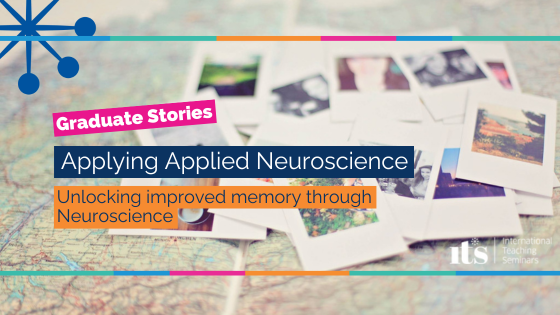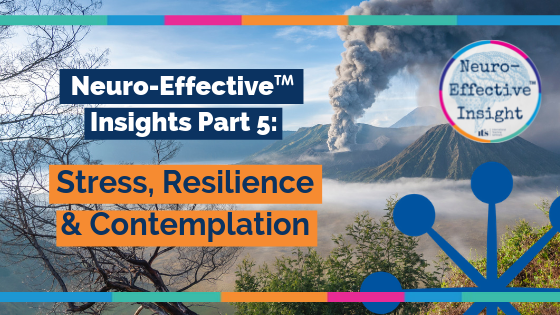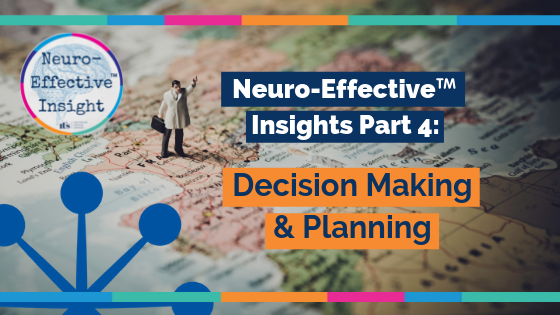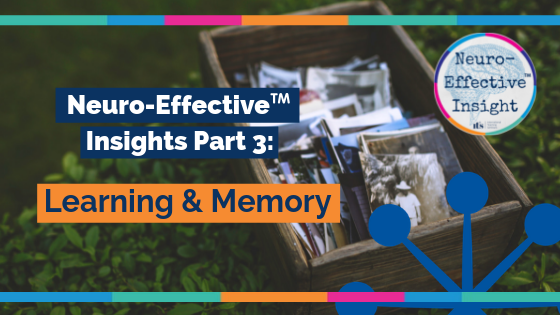Unlocking Better Memory with Neuroscience:
Insights from A Graduate’s Journey:
How applying Applied Neuroscience can promote behaviour change for improved memory.
Memory, an intricate tapestry of the human experience, shapes how we navigate our daily lives.
From remembering a loved one’s birthday to keeping track of important meetings, our memory holds the key to our personal and professional success.
In the midst of our busy lives, forgetting future intended tasks can disrupt this delicate balance, leading to missed opportunities and unnecessary stress.
This is where our graduate Christine’s* story begins. Embarking on a journey of self-improvement, Christine turned to the principles of Applied Neuroscience for improved memory, seeking to overcome the all-too-human challenge of forgetting important future tasks.
Read more about Christine’s story below.
Understanding the Challenge
Like many of us can relate to, Christine frequently faced the frustration of forgetting tasks she had planned for the future.
This recurring issue was more than a minor inconvenience; it was a roadblock to her efficiency and effectiveness. With a resolve to change this pattern, Christine delved into applying applied neuroscience for improved memory.
Aim of the Intervention
The objective was clear for Christine to enhance her prospective memory, the aspect of memory responsible for future-oriented tasks.
Her approach was rooted in the understanding that the rostral prefrontal cortex plays a crucial role in planning for future scenarios.
Implementing the Strategy
Christine embraced a neuroscience-based method involving repeated movement (encoding) as part of task planning.
She created detailed task visualisations incorporating various sensory elements. These included proprioceptive feedback, vivid visual imagery, rehearsed body movements, and auditory cues, creating a rich, multi-sensory memory tapestry.
Key Learnings and Results
Christine’s foray into comprehensive visualisation markedly improved her prospective memory.
By engaging the dorsolateral prefrontal cortex, she overcame habitual behaviors and accessed her working and long-term memory more effectively. The process, initially challenging, gradually became more streamlined, demonstrating the power of applying applied neuroscience for improved memory.
Future Plans and Impact
The technique’s benefits extended beyond Christine’s initial goals. It showed promise for managing complex and repetitive tasks.
Christine is now poised to further refine her technique, aiming to enhance visualization and emotional regulation.
In Conclusion
This story is a testament to the transformative power of Applied Neuroscience in enhancing memory and task management. Christine’s disciplined and structured approach offers valuable insights for anyone looking to improve their prospective memory.
Her journey highlights the potential of neuroscience-based methods in boosting productivity and managing our daily lives more efficiently.
By methodically employing neuroscience-based techniques, Christine was able to transform her approach to prospective memory. This process not only improved her ability to recall future tasks but also demonstrated the broader potential of enhancing cognitive functions with Applied Neuroscience.
If you want to learn more about Applying Applied Neuroscience and to develop your own intervention to promote behaviour change, then see more information about our programme here >
*Christine is a pseudonym.





Leave A Comment